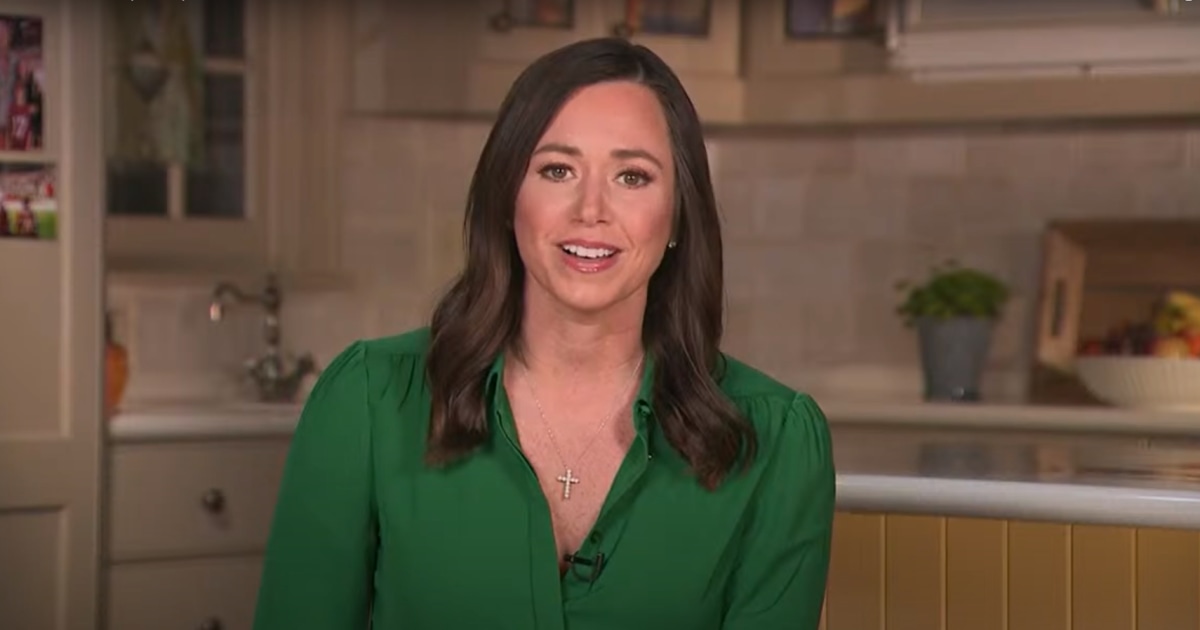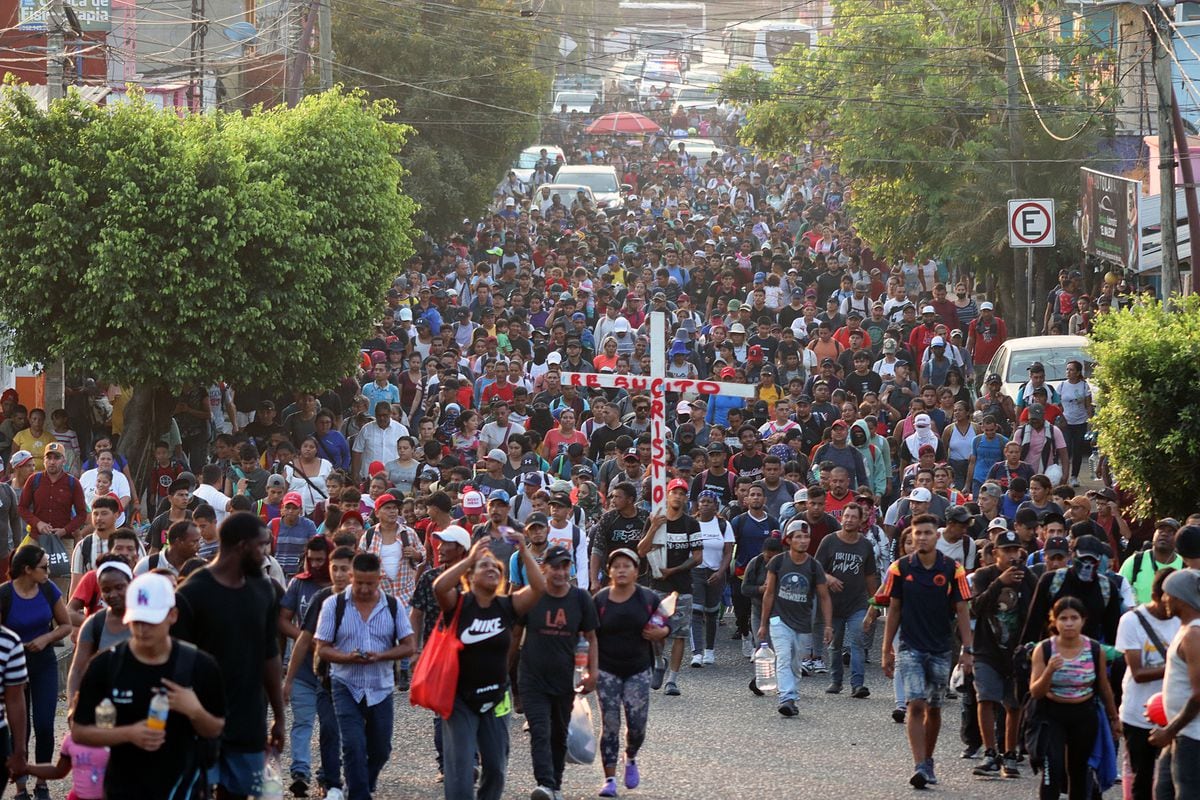There is not a corner of Mexico where drug traffickers are not present.
Gone are the years of the all-powerful drug cartels, which divided up large territories like pieces of cake and agreed to truths when mounting death tolls started to hurt business.
More people are being killed than ever.
And in some states, neither the presence of the Mexican army nor local authorities have been able to stop it.
In Mexico, there are at least 150 organized crime gangs, according to the latest criminal map presented by a group of researchers from Mexico's prestigious Center for Economic Research and Teaching (CIDE).
This is a huge rise from 2006, when the number of drug gangs could be counted on the fingers of one hand.
Most of these new groups are allied with or financed by the two largest cartels: the Sinaloa cartel and the Jalisco New Generation (CJNG) cartel.
More information
New attack in Mexico's tourist paradise: One dead and six injured in Cancún shooting
The rising number of drug cartels has done little to diminish their power – they still kill, extort, kidnap and traffic drugs and people.
Business is going strong and has diversified.
But while some local gangs and mafias act on their own, others have become drug franchises.
According to the CIDE map, the Sinaloa cartel and the Jalisco New Generation cartel have the greatest power in Mexico.
The Sinaloa cartel has been operating for 40 years without its main leader Ismael “El Mayo” Zambada ever being arrested.
But it suffered a considerable setback when its most visible face, Joaquín “El Chapo”
Guzmán, was extradited to the United States and sentenced to life in prison.
El Chapo's children, known as Los Chapitos, continue to fight for territory in the north and center of Mexico, and sow chaos like their father, but their tactics are less diplomatic, according to security analysts.
The US Drug Enforcement Agency (DEA) has been targeting the Sinaloa cartel since 1985, when the drug organization was accused of murdering undercover DEA agent Kiki Camarena.
These efforts have continued in the midst of the opioid crisis in the US, which claimed more than 100,000 lives in just one year.
Despite these challenges, the Sinaloa cartel has expanded to 14 of Mexico's 32 states.
The Jalisco New Generation cartel, led by another of the DEA's most wanted criminals – Nemesio “El Mencho” Oseguera Cervantes – controls 23 states and has a less hierarchical system.
The group was the forerunner of drug franchises, allowing gangs from other states outside of Jalisco to add “New Generation” to their names.
It formed in 2015 as a splinter group from the Sinaloa cartel, and steadily grew as Mexico's security forces cracked down on larger, better-known groups during the so-called “war on drugs.”
In 2015, after a failed operation to arrest El Mencho, CNGJ shot down a military helicopter with a rocket launcher.
Infighting among the Sinaloa and Jalisco New Generation cartel, as well as local mafia groups, have left a trail of devastation in its wake: massacres, shootings in broad daylight, bodies hung from bridges, victims dumped on the street and abandoned towns.
According to homicide figures from Mexico's Interior Ministry, as of March 12, an average of 112 people have been killed every day.
Last year, the daily figure was 120, while in 2020, in the midst of the pandemic, it stood at 118. Since Andrés Manuel López Obrador became president in December 2018, more than 68,000 people have disappeared, while more than 8,200 bodies have been found in mass graves since 2006. These cases are not counted as homicides, because often it is not even possible to identify the bodies (more than 52,000 are unidentified) and connect them with an investigation.
The initials of the Jalisco New Generation Cartel in a wall riddled with bullet holes in Michoacán.Juan José Estrada Serafín (CUARTOSCURO)
The states hardest hit by the drug cartels are Zacatecas, Baja California, Colima, Quintana Roo, Michoacán, Morelos, Sonora, Chihuahua and Guanajuato.
These areas have homicide rates per 100,000 inhabitants that exceed or equal those of the worst years of countries such as Honduras and El Salvador.
Zacatecas broke all records last year, with a rate of 90.4 murders per 100,000, according to government figures.
In recent months, Mexico has seen brazen acts of violence.
In February, Los Chapitos shot up the municipality of Caborca in Sonora state, while residents hid in their homes wondering where the soldiers who were meant to protect them were.
That same month, the city of Colima, in Colima state, was subject to weeks-long attacks, with businesses forced to close and classes suspended.
In Michoacán, entire towns have been taken over by drug traffickers due to the indifference of the authorities, including the army.
The state has also seen a spike in killings.
The most recent massacre took place in March, when 20 people were shot at a party in the municipality of Zinapécuaro.
A few days before, more than a dozen people were lined up and shot in broad daylight in San José de Gracia, a village in the south of the state.
The scene was recorded by a neighbor and shared on social media, where it went viral.
That same month, the Citizen Council for Public Safety and Criminal Justice ranked Zamora in Michoacán as the most violent city in the world.
Meanwhile in Zacatecas, which is seeing record-high homicide rates, every week there is news of a new killing.
Up to 16 bodies in bags were found in the streets of Fresnillo, another seven bodies were left in a car outside the state government headquarters in Zacatecas city, where four university studies were also kidnapped, tortured and murdered.
According to the latest survey by Mexico's National Institute of Statistics, 97% of respondents replied that living in the state was a risk.
Violence has gotten out of control, just three years ago, the murder rate was half what it is today.
Several bodies found in the municipality of Fresnillo, Zacatecas, in 2022. James Romero (EFE)
In the face of rampant drug violence, López Obrador has said that using bullets to stop bullets is not the solution.
According to the president, his government is focused on promoting scholarships for young people to prevent them from ending up in the ranks of organized crime.
It's a long-term measure that does not address the urgency of the daily killings.
But while López Obrador may espouse “hugs, not bullets,” Mexico has become more militarized than ever.
In addition to the army and the navy, the government has created a new force, the National Guard, which is largely made up of military personnel and some federal police agents.
And these security forces are responsible for many fatalities.
Sara Velázquez, a lawyer and collaborator of the Drug Policy Program at the CIDE research center, explains that security forces continue to kill more people than they injure, despite the fact that their mission should be to arrest the alleged criminals.
According to the fatality rate index – which calculates how many civilians are injured among those executed in violent confrontations with the armed forces – security forces continue to disproportionately hurt civilians.
The Mexican army has a fatality rate of three, meaning three deaths for every injured civilian.
This is almost as high as in the Vietnam War, when four people were injured for every death.
Researchers and experts agree that Mexico's strategy against drug trafficking has not changed much with each government.
“I think it remains the same, and that is what is causing changes in power relations in groups,” says Velázquez.
The efforts to capture the top narco bosses and behead criminal organizations have led big cartels to splinter into more than a hundred cells that have taken over every corner of the country.
The business is no longer just drug trafficking, but any criminal activity: gasoline theft, kidnapping, extortion, human trafficking or theft of goods from trucks and trains.
This situation is fueled by rampant impunity.
Edited by MK



/cloudfront-eu-central-1.images.arcpublishing.com/prisa/SUXSGP2YZBHQLNK4QN5DDKB32U.jpg)











